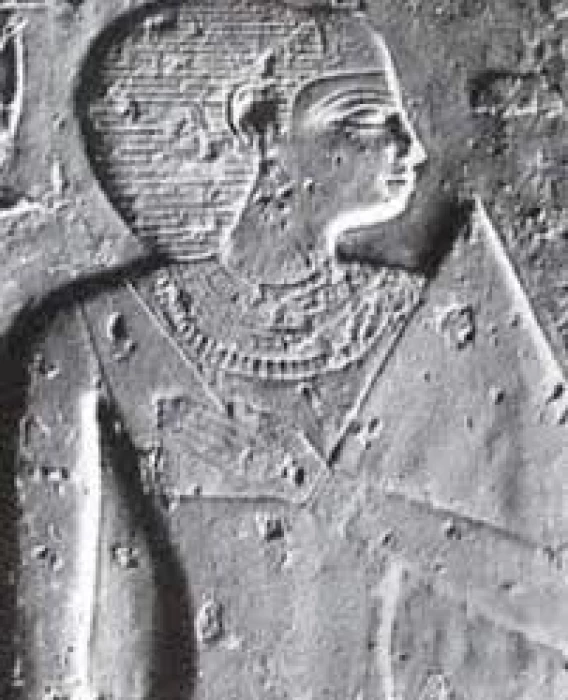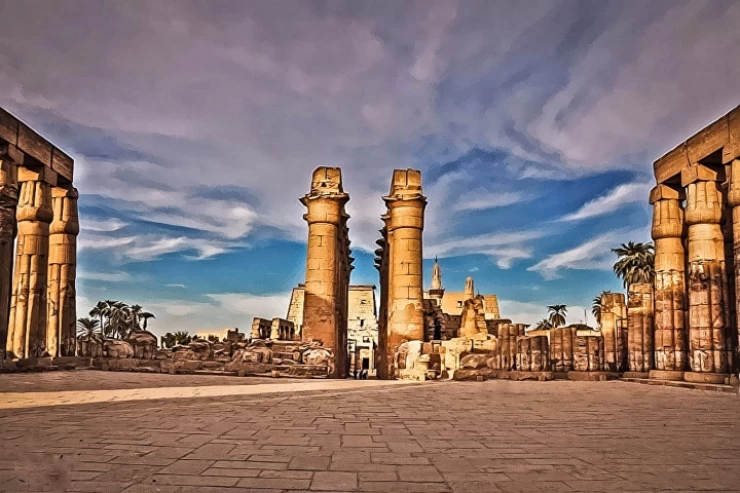
Queen Khentkawes | One of The Egyptian Queens
Giza Governorate includes a pyramid of one of the queens of ancient Egypt next to the famous pyramids. Queen Khentkaus is the daughter of King Menkaure. Khentkaus claimed the throne after the death of her brother Shepseskaf, as he had no heir, and royal blood ran through her veins, as her mother and father were royal. Visit the great Giza pyramids to see one of the world's wonders during one of the best Egypt Day Tours.
Khentkaus wrote her titles on the door of her pyramid, including “King of Upper and Lower Egypt, Royal Mother, Daughter of the God, and everything she orders shall be carried out for her sake”. the text shows that she married one of the nobles, but she did not mention his name, because apparently, he was not of pure royal blood. We note that she called herself “king” and not “queen”, as Hatshepsut did after her in the Eighteenth Dynasty. Discover more secrets about the Egyptian queens when you choose one of Egypt Easter Tours to have an adventure in history.
Khentkaus gave birth to her son “Userkaf”, who became the crown prince. The political situation in the country stabilized, and Khentkaus was the link between the Fourth and Fifth Dynasties. The queen built a pyramid for herself next to the pyramid of her father, King Menkaure, and introduced a new style of pyramidal shape into Egyptian architecture. She made the base of the pyramid square, then built a sarcophagus on top of that square base imitating the tomb of her brother Shepseskaf in Dahshur.
In addition, The base of Khentkaus' pyramid is 45 meters long, and its height is about 35 meters, in which the remains of the queen's sarcophagus were found. In front of the pyramid, Khentkaus built a small city for her priests, whose mud-brick houses still retain their shape. Seize the opportunity and see the art of the Egyptian architecture with Cairo day tours. The text of "Eusebius" described the appearance of Queen Khentkaus, whom Greek historians called "Nitocris", saying that she was the most beautiful of women, blonde with rosy cheeks and that she was the one who built the fourth pyramid.















